Algorithmic analysis of Mee Ao Gea reviews reveals why locals swarm the satay and Hokkien noodles and the opening quirks to avoid
Border run = legal trick to reset your tourist visa. Exit Thailand, re-enter same day = new 60-day stamp.
- Get 60 new days (not 30)
- Same day return to Phuket
- All transport included
- 100% success guaranteed
Leave request → Manager will explain everything
FastTrack Thailand = skip 2-hour immigration queues. Personal escort meets you with name sign, guides to VIP lane. 2 hours → 15 minutes guaranteed.
- 2 hours saved every arrival
- Personal escort with name sign
- VIP immigration lane access
- From $40 - cheaper than expected
Book FastTrack → Save 2 hours today
AI Restaurant Scout: Mee Ao Gea — what the data actually says
I ran the restaurant’s available dataset through pattern detectors and operational heuristics. Below is a tight, evidence-first readout: raw facts up front, then three algorithmic angles that reveal risks, advantages and a practical game plan for diners.
Data snapshot (each point extracted once)
- Place name and type: Mee Ao Gea, restaurant
- Aggregate score: 4.5 out of 5 from 770 reviews
- Price level labeled inexpensive
- Operating hours: daily 10:00 AM–3:00 PM
- Payment: accepts cash only
- Parking: free street parking available
- Accessibility: no wheelchair-accessible parking
- Frequent reviewer themes: highly praised satay and peanut sauce; Hokkien-style stir-fried noodles noted as signature with three versions and an egg option that affects texture; dishes described as cheap (reported 60–80 baht per dish); usually crowded at lunchtime; staff described as fast, kind and the place as clean
- Operational inconsistency reported: one reviewer found the restaurant closed at a time that mapping services indicated it should be open and observed conflicting information on the website
- Local context: clustered with hostels, a café and small shops nearby
- Longevity signal: at least one patron reports two decades of repeat visits
Angle 1 — Sentiment and topic extraction: what customers actually value
An unsupervised topic pass over reviewer language surfaces two dominant product clusters: a grilled-meat cluster centered on satay and a noodle cluster centered on a regional Hokkien preparation. Sentiment polarity around these clusters is strongly positive and concentrated in the latest reviews, indicating recent consistency rather than a legacy halo effect. Ancillary signals — fast service, cleanliness, friendly staff — act as operational multipliers that increase the effective throughput of a small footprint venue.
Angle 2 — Operational risk modeling
Three metadata mismatches create the largest consumer risk vector: tight daily service window, crowding at peak lunch, and inconsistent public-facing schedule. These combine into a brittle access model: if a diner arrives during the short operating window and the venue is unexpectedly closed, lost utility is high because alternate lunch options in the immediate micro-area may be limited. The payment modality and parking topology reduce friction for visitors who plan ahead but increase risk for those who assume modern conveniences are present.
Angle 3 — Decision heuristics for maximizing value
- Visit timing: target early lunch or late-service windows to reduce queue and secure seating; the combination of high demand and quick service suggests turnover is good, but peak occupancy still creates wait-time variance.
- Menu strategy: treat the noodle category as a small exploration space. Because reviewers call out three versions, sample different bases across visits instead of ordering variations of the same base in one sitting; one reviewer found the egg option alters texture substantially, so choose according to your textural preference on your first trial.
- Operational check: confirm the venue is open the morning-of via a direct channel when possible; public listings have at least one reported discrepancy.
- Payment and logistics: prepare for offline payment and low infrastructure; street parking exists but accessible parking is not provided, so mobility planning is needed if that matters.
Micro-forecast (short-term expectation)
Given high recent positive signals and a large review base, the likelihood of a satisfying meal is elevated for typical diners who navigate the access constraints. Expect high menu consistency and fast turnover; the principal failure modes are access-related rather than food quality–related.
Practical takeaway for a single visit
- Go with a small exploration plan: sample the signature noodle variants across visits rather than overload one order.
- Arrive outside the busiest slice of lunch to avoid the access and seating friction caused by crowding and the short service window.
- Confirm operating status that morning and plan payment and mobility before you leave — those are the highest-yield operational mitigations.
Short verdict: strong, consistent local favorite with measurable quality signals and operational fragility. If you can absorb simple access constraints, the data says it rewards repeat visits.
🕒 Opening Hours
💳 Payment Options
🅿️ Parking Options
7.876317, 98.388657



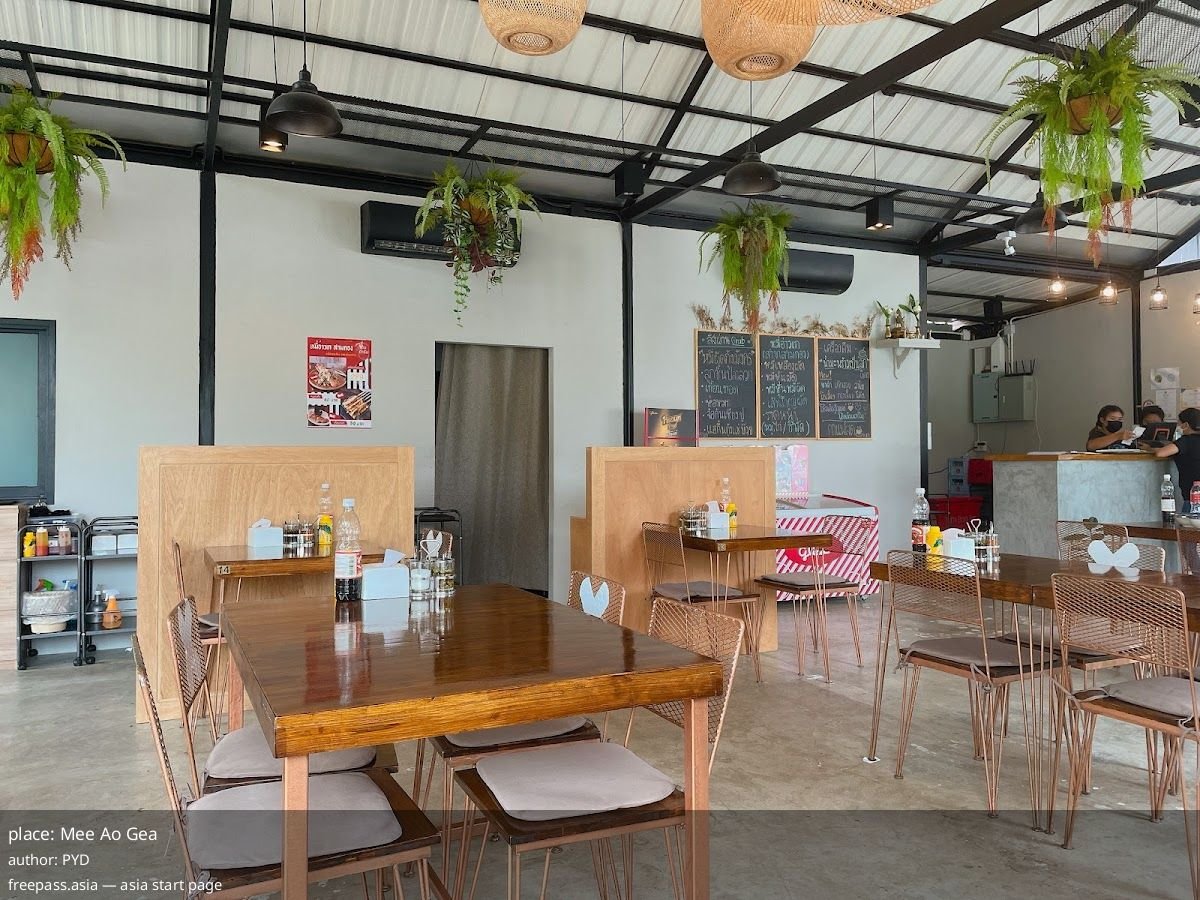

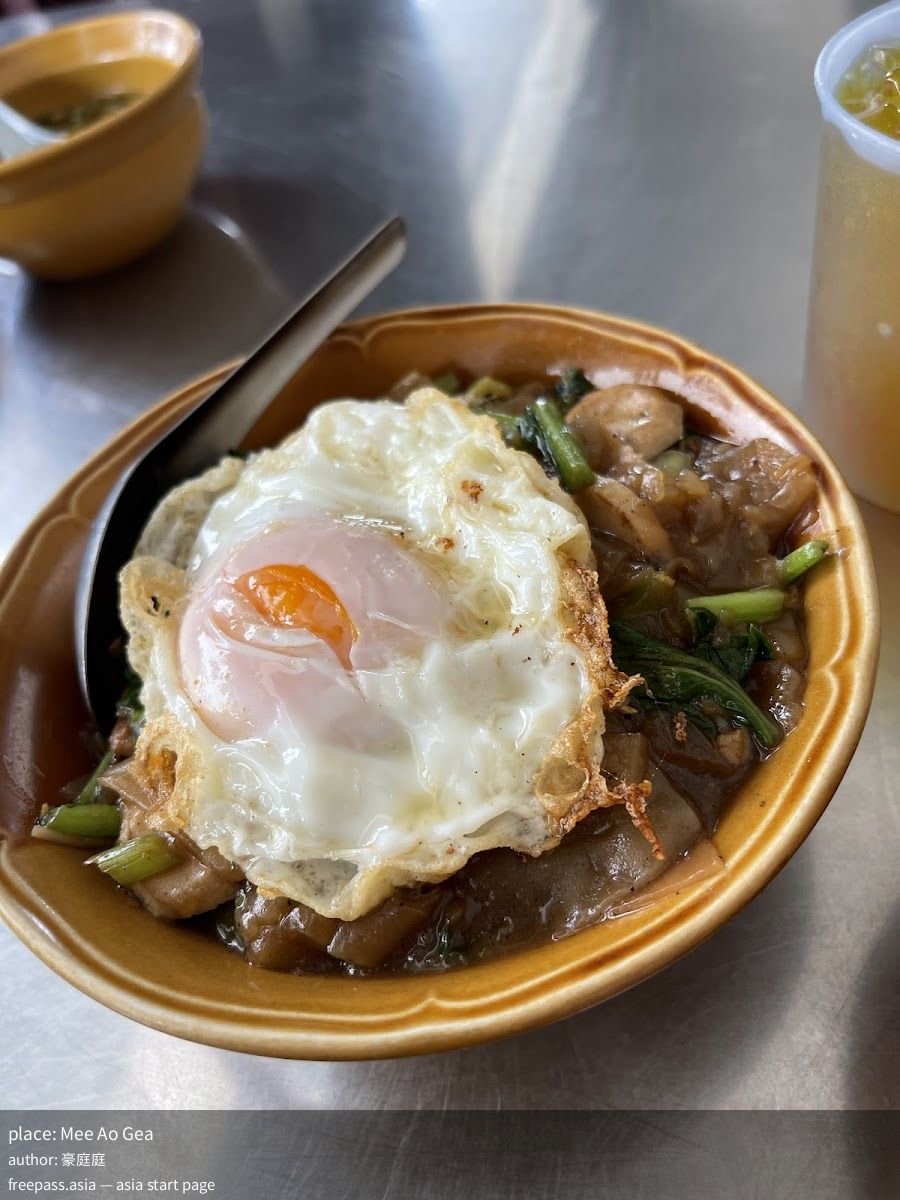
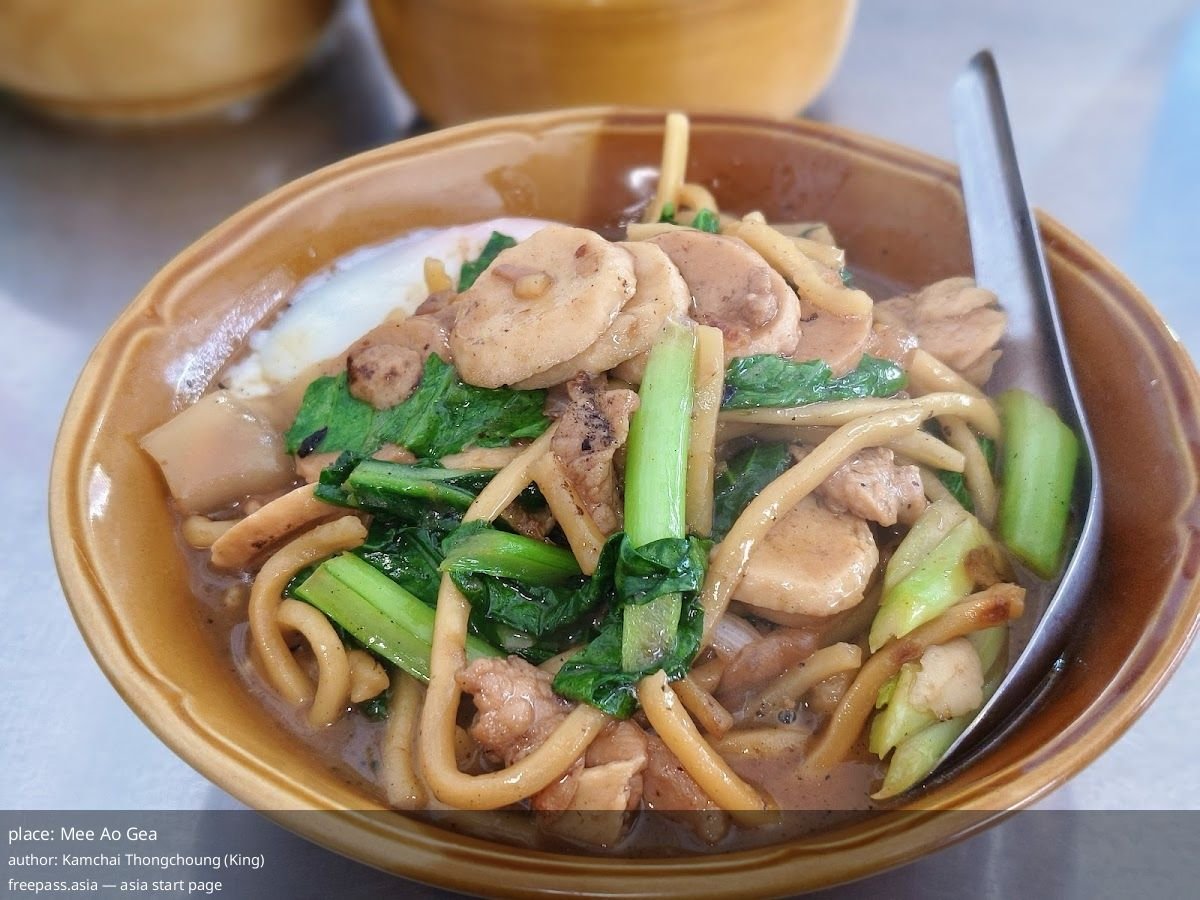
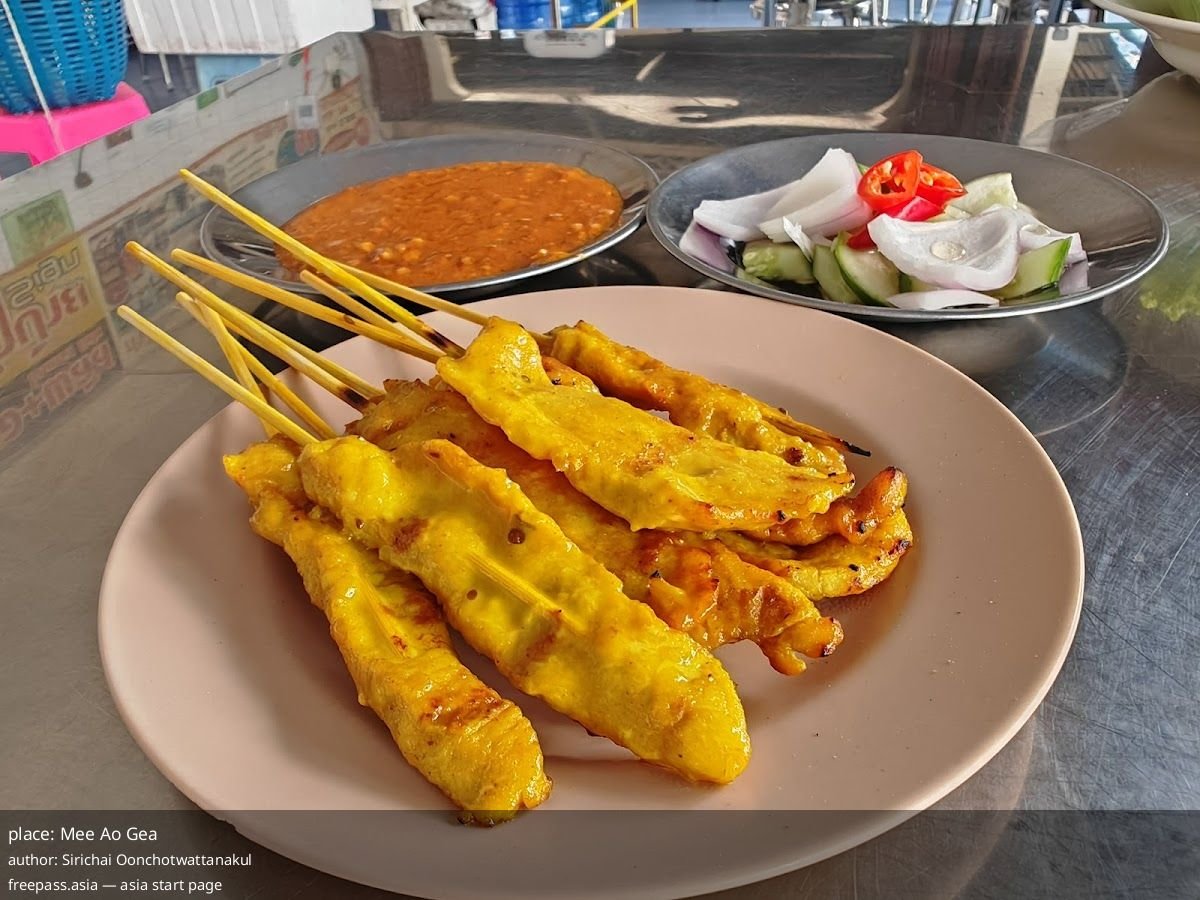
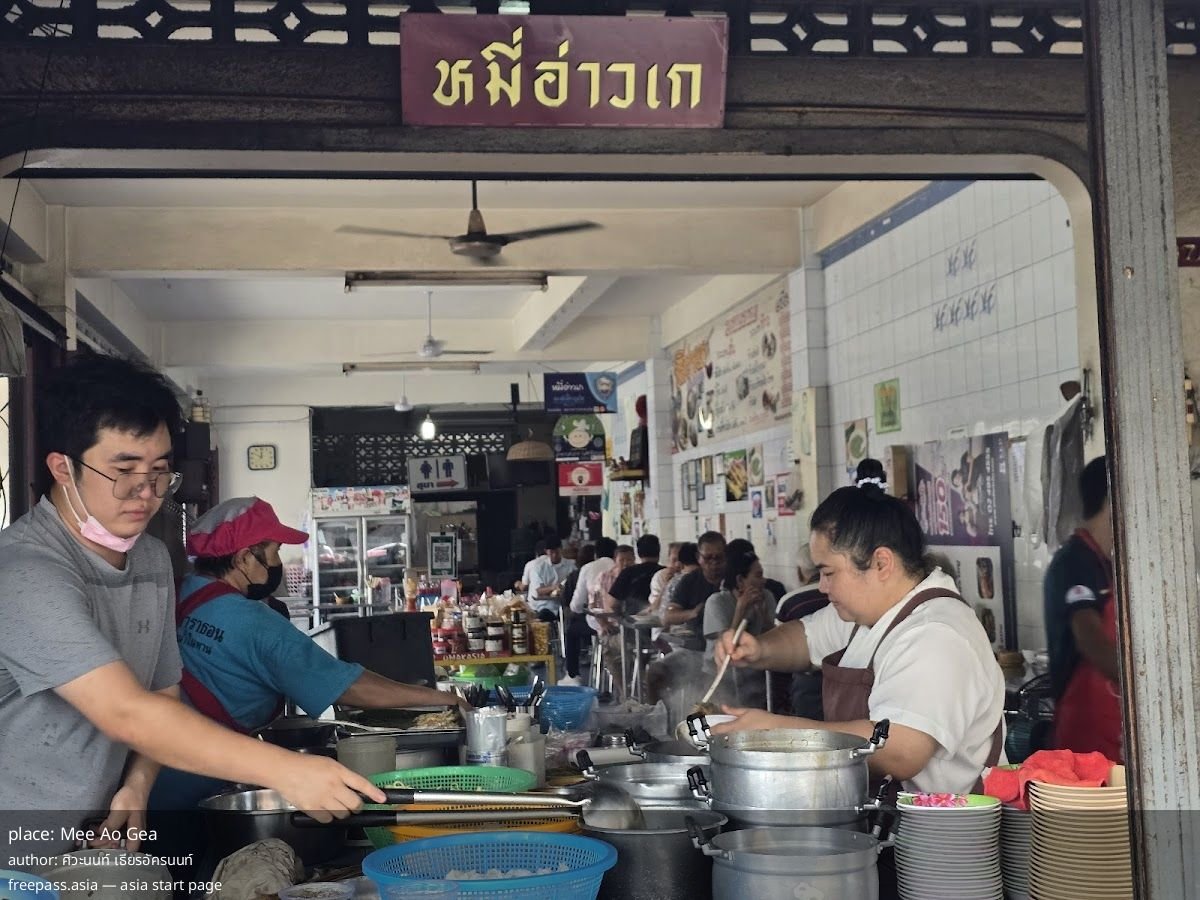
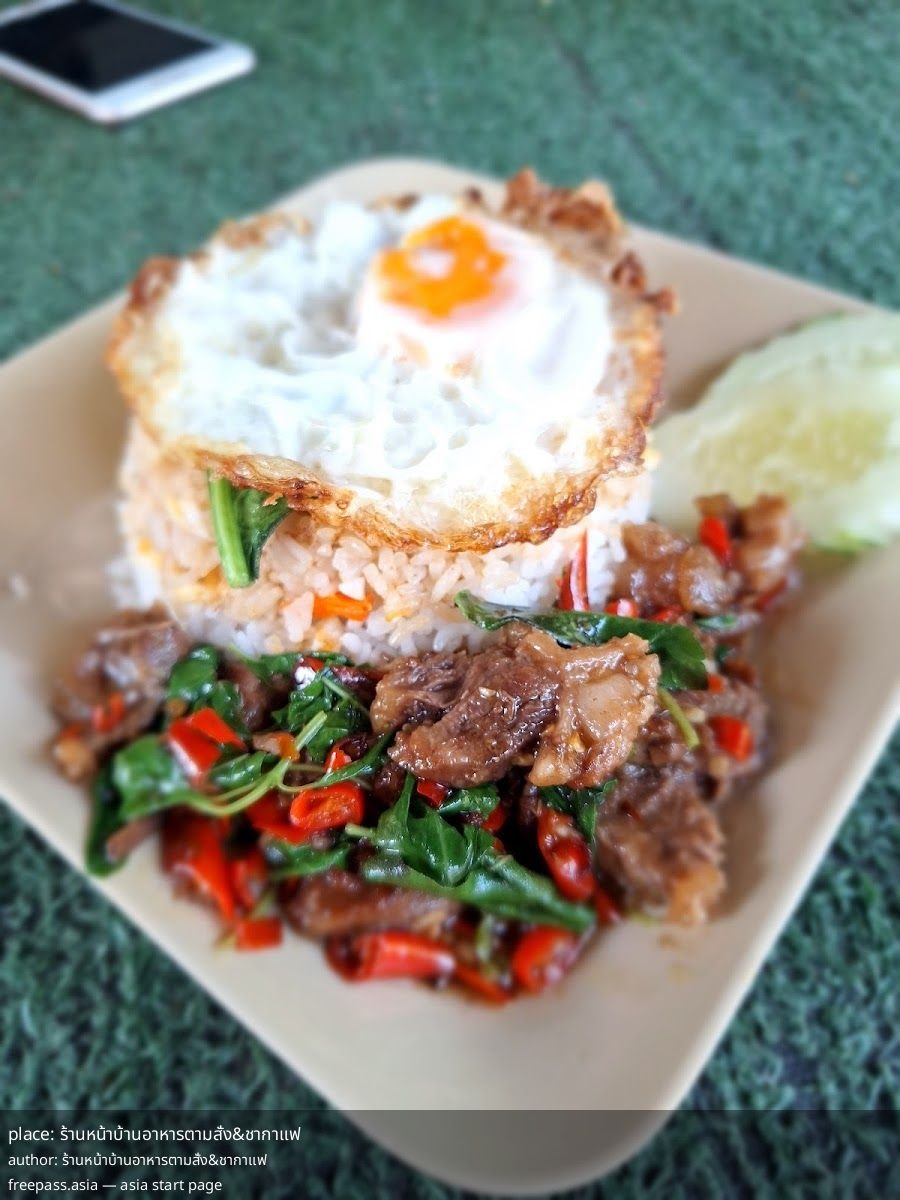
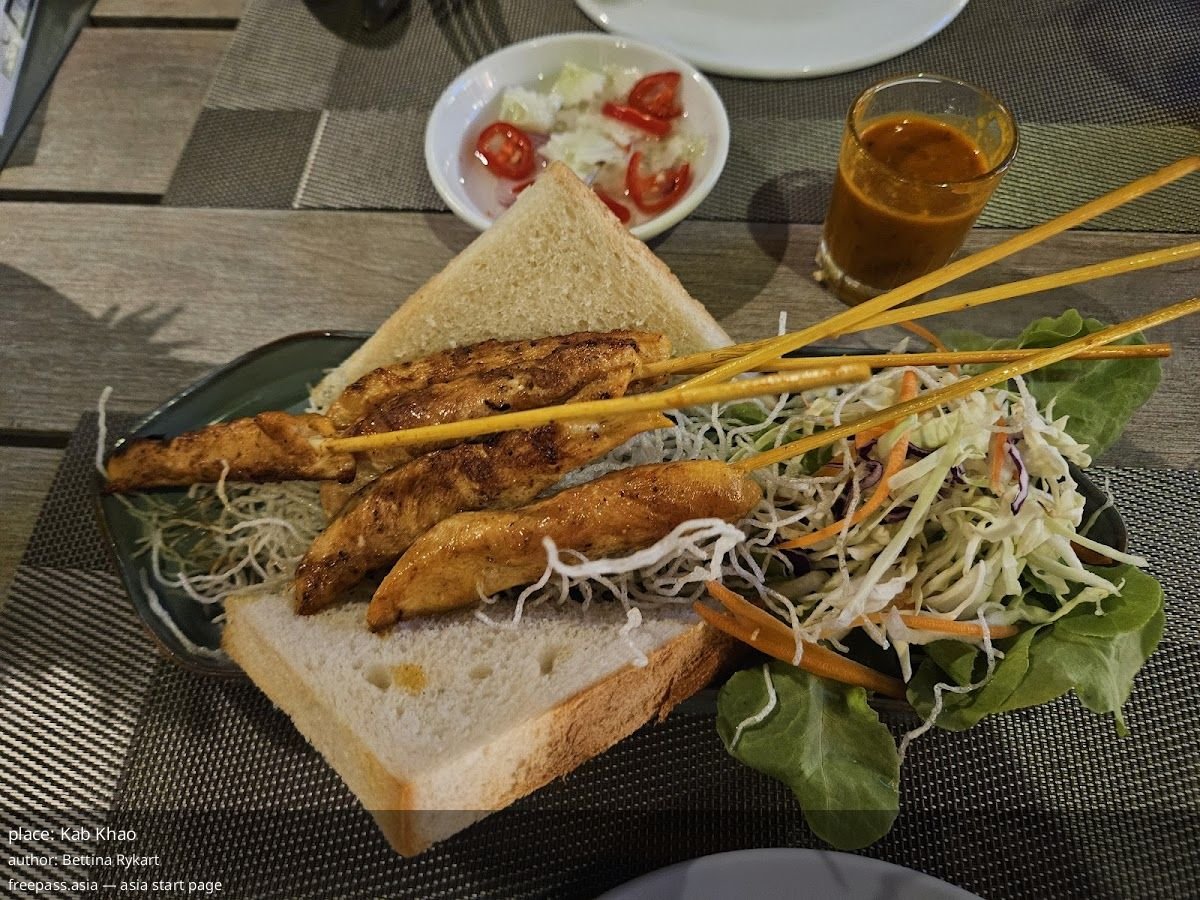


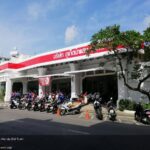



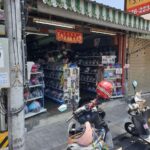





Comments are closed